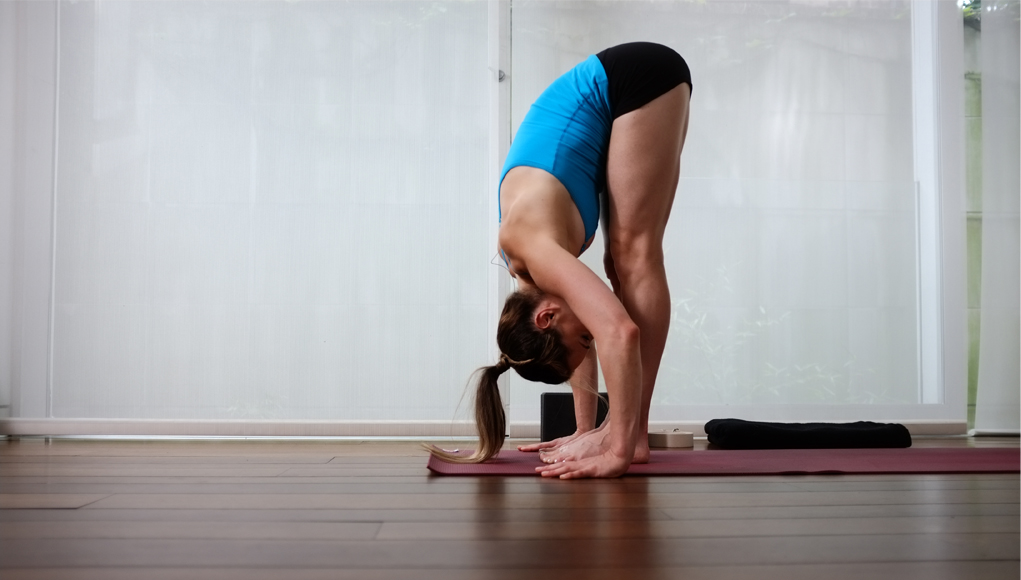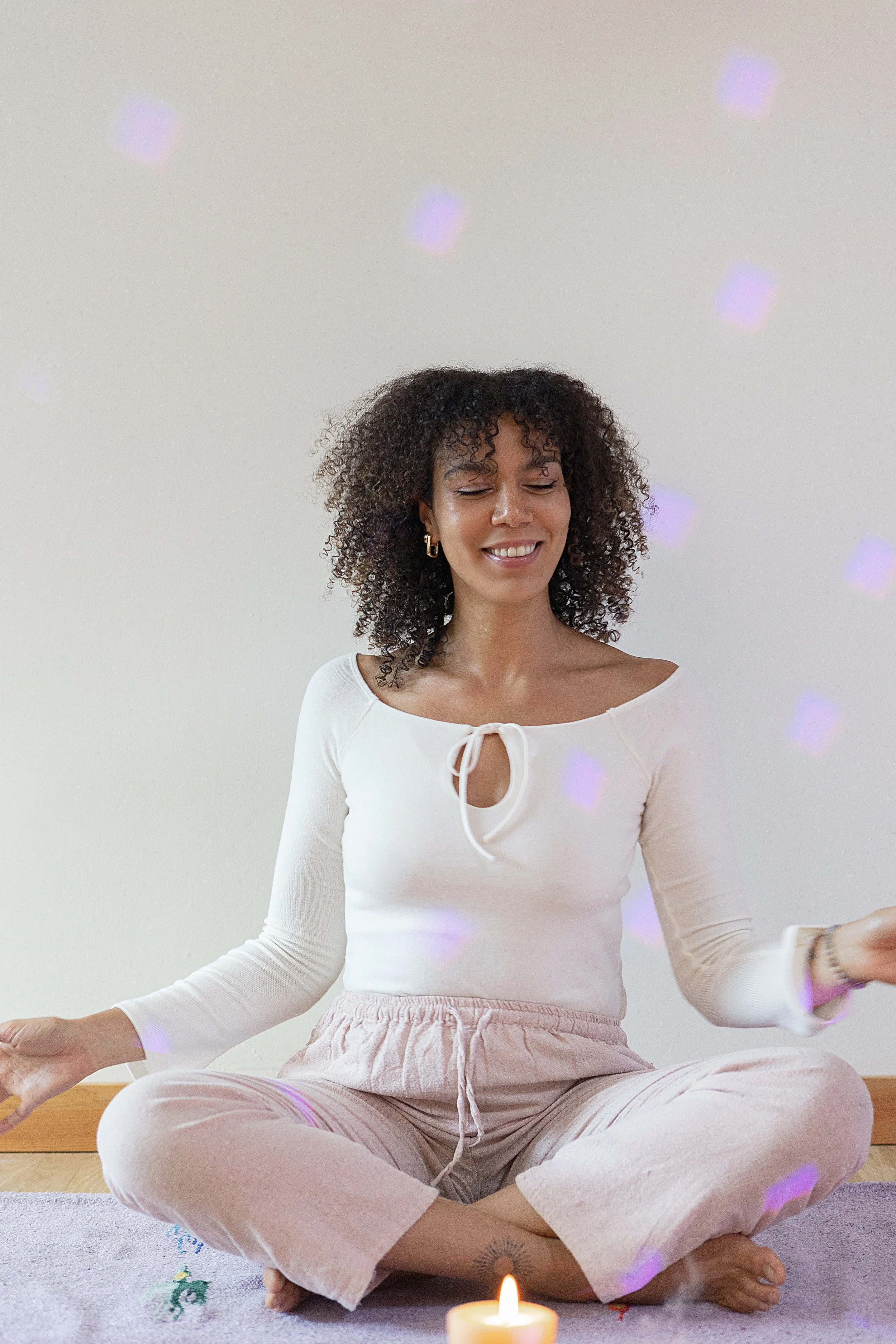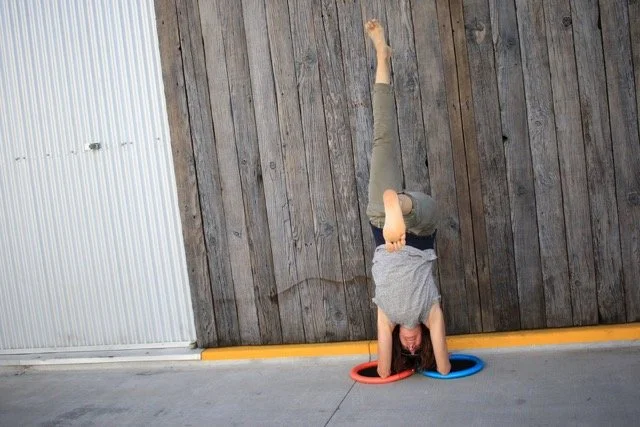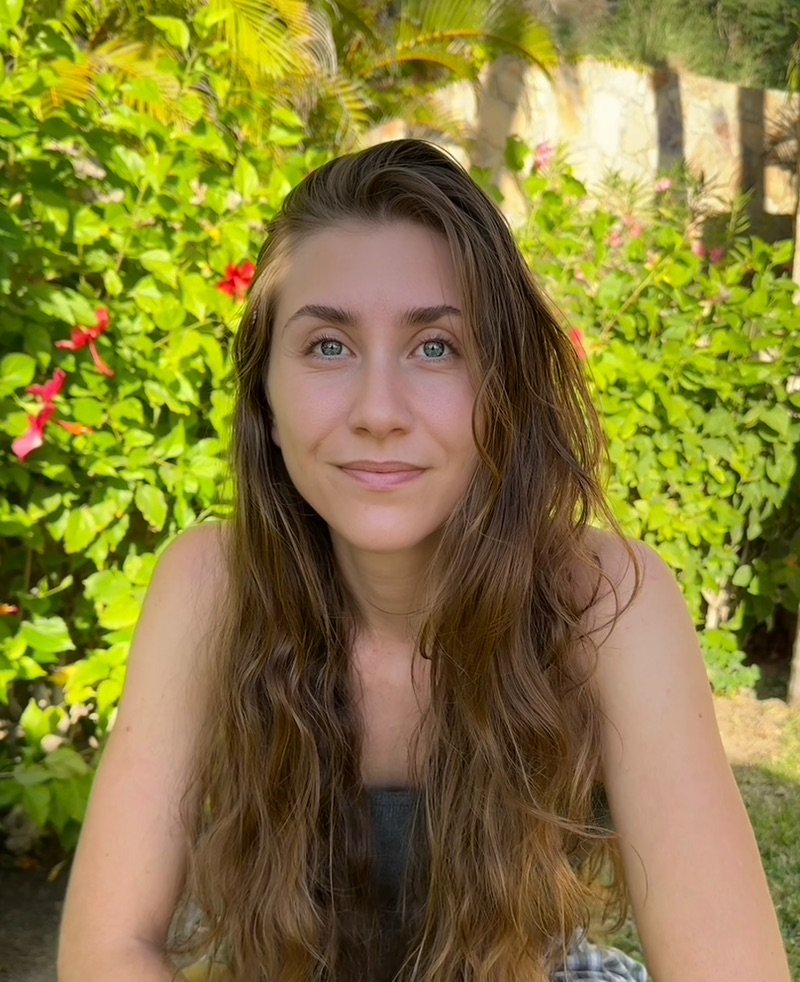
YOGA BLOG
What Moves Us…..
NON-NEGOTIABLES AND NOURISHMENT BY SARAH MOODY
A dear friend and teacher shared this quote in her class recently and it has stayed with me:
“True self-care is not salt baths and chocolate cake, it is making the choice to build a life you don’t need to regularly escape from.”
I used to think self-care meant loads of alone time, preferably with little to no talking, lots of bubble baths, and a guilty pleasure like a glass of wine or chocolate covered things (combined with a bath and you have a real winner of a night!), but something has shifted in me recently.
There’s a lot going in our world: we lead busy lives; we are constantly connected through devices and social media; current events are heartbreaking and demoralizing, and at times I feel small and at a loss for what to do. Sometimes I do want to escape with salt baths and chocolate cake, and while they may be short term, feel good options, they aren’t long term solutions. I want to learn how to live with more presence in every day moments, even the ones that feel uncomfortable and messy.
For me, this ‘how to’ is self-care.
I now see self-care as a way to build your life; a list of non-negotiables that support you in being your best self. This list has grown quite substantially over the years and I’m sure I could ease up a bit on not making this another to-do list, but it has truly created a richer participation with my life.
Some of my current non-negotiables:
Homemade meals — this is a must for feeling nourished and fed
Time with my husband — preferably on a bike cycling through the Oakland hills
Movement — yoga, cycling, tune up ball- and foam-rolling
Quiet time — meditation, restorative postures, yoga nidra, journaling
Study — education and inspiration through books, podcasts, classes, workshops
Epsom salt baths — because come on, they’re still great for relaxing!
What are some non-negotiables for you?
Start a list, share it with others, watch it change, and then make sure to put it into action!
Here’s some inspiration to get you going — one of my go-to dishes for that in between winter-spring season:
Raw Beet + Carrot Slaw
4 beets (any variety)
4 carrots
Green onions, thinly sliced
Hazelnuts (walnuts work great too, or any nut/seed you like), toasted and roughly chopped
1 lemon, zested and juiced
Herbs (I like parsley, mint and basil), roughly chopped
Olive oil
Salt + pepper
Roughly chop the beets and carrots. Feed through the slicer setting on your food processor. Note: if you don’t have a food processor you can cut the vegetables by hand into small matchsticks.
Transfer shredded beets and carrots into a large bowl.
Add green onions, toasted hazelnuts, lemon zest and juice, and chopped herbs to the bowl.
Toss gently to combine.
Season with olive oil, salt + pepper to taste.
To turn this into a full meal, top with chickpeas (protein of your choice), or make it your side salad to a main dish.
RICHARD ROSEN’S ASANA BREAKDOWN NO.6: ASHVA SANCHALANASANA
There doesn’t seem to be any agreement on a Sanskrit name for this pose. The most common name is Ashva Sanchalanasana, literally “to move about on a horse,” and so called the Horse Rider’s Pose. I suppose the legs here represent the “horse”–maybe we can visualize the long back leg as the horse’s “tail–the forward angled torso the “rider.” Swami Rajarishi Muni calls this the “Wide Step Pose (urukramasana), Shri Yogeshvara Nand Parmhansa calls it eka pada dvi hasta baddhasana, which he translates as Hands-on-foot Posture, though I don’t really understand how he gets that English rendition. My kindergarten Sanskrit suggests “one foot two hands bound posture.” Yogrishi Vishvketu calls the back-leg-straight variation Hero Pose (vira asana), and when the back knee is bent to the floor he calls it Horse Pose (but no “rider”); oddly, the Sanskrit word he uses for “horse’ is cetaka, which as far as I can find, means “sentient,” but not “horse.”
For our purposes we’ll call the straight-back-knee pose High Lunge, the back knee bent to the floor will be Low Lunge.
FROM UTTANASANA
1. With an inhale, lift your front torso to Half Standing Forward Bend (ardha uttanasana), bend your knees and with an exhale step your left foot back toward the back edge of your mat and put the ball of the foot on the floor (some teachers may prefer to step the right leg back first). Step back far enough so that your right knee can form a right angle, with your knee aligned over the ankle (so your shin is perpendicular to the floor) and, ideally, the underside of your right thigh parallel to the floor. If you’re tighter in the hips and groins, then your thigh might be slightly above parallel.
2. After stepping back with an exhale, lay your torso on the right thigh and with an inhale lengthen the top of the sternum (manubrium) forward. Look straight ahead. Let the head of the right thigh bone sink under the torso’s weight, but at the same time, against the firmness of the tail bone, press the left thigh actively toward the ceiling. Reach your left heel as close as you can to the floor.
3. When you’re ready to move into Downward Facing Dog, exhale and step your right foot back beside the left. Keep the pelvis heavy as you do.
FROM DOWNWARD FACING DOG
4. To return to Lunge from Downward Facing Dog during the Sun Salutation sequence, inhale and step your right foot forward between your hands. Then straighten right knee and swing your left leg forward. Be sure to keep that leg straight and strong as you return to Uttanasana.
Contraindications
Any serious knee injuries
With neck problems look down at the floor instead of straight ahead
Benefits
Stretches the groins
Strengthens the legs and arms
BEGINNERS’ TIP
Often beginners have a difficult time lightly stepping the back foot between the hands from Downward Dog. If this is the case, support your hands on a pair of blocks when you step forward. The added space between the torso and floor can make the step much easier.
HINTS FOR SUN SALUTE (surya namaskara)
1. Sun Salute (hereafter SS) can be done rapidly for exercise, or more slowly as a meditation.
2. When coming into the Standing Forward Bend from Raised Arms at the start of the sequence, don’t bring the arms forward and down; rather, swing them off to the sides as if making a swan dive. Similarly, when returning to Mountain Pose at the end of the sequence, sweep your arms again out to the sides (or bring your hands to your hips).
3. When moving from Four-limb Pose to Upward Facing Dog, try not to push your torso up and back, compressing the lower back. Instead, lift your torso up and forward and lengthen the tail bone toward the heels.
4. To move from Upward Facing Dog to its Downward complement, generate the movement by pressing back on the heads of the thigh bones. Let the arms and torso “stream away” from the legs.
5. Watch your breath carefully. Whenever folding the front torso exhale, when opening the front torso inhale.
LETTING GO OF REDUNDANT YOGA MANTRAS IN 2018: WHAT DO WE MEAN BY THE MANTRA “NAVEL TO SPINE”?
By Mary Paffard
Yes, I know it’s common parlance in many pilates and yoga classes. This term is used as a kind of blanket command that will get the deeper abdominal area engaged. But does it? Most folks respond by activating an area of the upper abdomen, sometimes hardening around the diaphragm, and rarely glimpsing the delights of a connection in the hearth of the deep lower abdominal area. This navel to spine rant encourages superficial muscular support rather than any sense of awakening this extraordinary 2ndchakra, back pelvis vitality. It also leads to another mantra that still has some kind of vibrancy in yoga circles “Tuck the Tailbone!”
Admittedly both mantras can be precise and useful occasional yoga instructions. But as mantras they have done so much long term damage. Why? Because they both undermine the entire freedom and stability of the spine as a curved and fluid structure, they bring an aura of “control” versus “explore” to our practice. If you look at animal like a dog or cat who is fearful…what do they do? What do we do if we are afraid? We tend to tuck and close down vulnerable areas like tail and belly! On some simplistic logic, it makes sense to lengthen the spine in this way if your lower back is achey, but it’s a very temporary solution. With the often accompanying instruction to bring “navel to spine”, we end up flattening the sacral area and cultivating pelvic instability and hip joint issues. Never mind an overly “tight ass” which we deludedly consider some form of Mula Bandha!
“Navel to Spine” became de rigeur when the Pilates world infiltrated the yoga studio world. I often send folks to skilled Pilates teachers. Joe Pilates was originally inspired by yoga to help prevent the kind of injury and instability that is becoming more common in regular practitioners who perform both mantras over assiduously. Again, navel to spine has its place as does occasional tucking and rounding, but how many more hardened diaphragms, flattened spines and lack of awareness in the lower extremity do these mantras need to create? Could we not use a little more variety in our language and seek more than “tight abs and arse”?
Join me on February 11 at our Oakland studio for a deeper understanding of the abdominal area and using the interior body to support inversions and more challenging poses.
Mary Paffard has been teaching and training teachers nationally and internationally since 1985. For more information about Mary visit www.maryyoga.com.
RICHARD ROSEN’S ASANA BREAKDOWN NO. 5: UTTANASANA
Uttanasana is one of the most commonly performed of all the standing poses. It’s also one of the most useful, IF performed properly. In many classes it serves as a “rest period” between the poses of the standing sequence. It’s extension, ardha uttanasana, is also extremely important. Too often, we move into the standing forward bend from our belly, shorting and hardening the front torso. Ardha uttanasana reminds to continue to lengthen the front torso, and more importantly, the front spine.
UTTANĀSANA (oot-tun-AH-suh-nuh)
ut (actually ud) = a prefix suggesting power or powerful
tan = to stretch or extend (compare the Latin verb tendere, “to stretch or extend,” and English “tension”)
Intense Stretch Pose, commonly called Standing Forward Bend
1) Stand in Tadasana, hands on hips. Exhale and bend forward from the hip joints, not from the waist. As you descend draw the front torso out of the groins and open the space between the pubis and navel. As in all the forward bends the emphasis is on lengthening the front torso as you move more fully into the position.
2) If possible, with your knees relatively straight, press your palms or finger tips on the floor, either slightly in front of or beside your feet; if this isn’t possible, then cross your forearms and hold your elbows with the opposite-side hands. Feel the contact of the heels on the floor and lift the sit bones away from them toward the ceiling. Turn the top thighs slightly inward.
3) With each inhale in the pose, lift and lengthen the front torso just slightly; with each exhale release a little more fully into the forward bend. In this way the torso oscillates almost imperceptibly with the breath. Let your head hang from the root of the neck, which is deep in the upper back, between the shoulder blades.
4) Uttanasana can be used as a resting position between the standing poses. Stay in the pose for 30 seconds to 1 minute. It can also be practiced as a pose in itself for anywhere from 1 to 3 minutes.
5) Don’t roll the spine to come up. Instead bring your hands back onto your hips and reaffirm the length of the front torso. Then press your tail bone down and into the pelvis and come up on an inhale with a long front torso.
Benefits
Calms the brain
Stretches the hamstrings, calves, and hips
Strengthens the thighs and knees
Contraindications:
If you have a serious back injury, do this pose with bent knees, or perform Ardha Uttanasana (pronounced are-duh = half) with your hands pressed to a wall, legs perpendicular to and torso and arms parallel to the floor.
Beginner’s Tip:
If it isn’t possible to press your fingertips or hands to the floor with your knees relatively straight, use a pair of blocks to support them. Never struggle to touch the floor.
Intermediate’s Tip:
To increase the stretch:
1) Perform the pose with the balls of your feet supported on a low height (maybe 2 to 3 inches), heels on the floor. The higher the height, the deeper the stretch. Stay for a minute or more, come up with an inhale.
2) Stand facing an open wall, maybe 4 to 5 inches away. With an exhale, swing your torso to one side, bend forward, and touch your back to the wall. Now adjust: if the stretch is too intense, back away from the wall; if it could be greater, wiggle in closer to the wall. Stay for a minute or more, then press your hands to the floor and step back to Downward Facing Dog.
ARDHA UTTANASANA (are-duh oot-tun-AH-suh-nuh)
ardha = half
uttana = intense stretch
Half Intense Stretch Pose, commonly known as Half Standing Forward Bend Pose.
1) In Uttanasana, press your palms or fingertips against the floor (or against blocks on the floor) beside your feet. Straighten your elbows and, with an inhale, arch your front torso away from your thighs and lengthen between your pubic bone and navel as much as possible.
2) With your palms (or fingertips) push down and back against the floor (or blocks) as if trying to slide it (them) toward your heels; at the same time, lift the top of your sternum up (away from the floor) and forward (toward the opposite side of the room). You might bend your knees slightly to help get this movement, which will concave your back and convex your front torso.
3) Look forward, but as usual be careful not to compress the back of your neck. Hold the concave back position for a few breaths, then with an exhale release your torso into full Uttanasana.
Contraindications:
With any neck injury, don’t lift the head to look forward; otherwise same as those of Uttanasana
Benefits: (in addition to those of Uttanasana)
Stretches the front torso
Strengthens the back and improves posture
Stimulates the belly
Beginner’s Tip:
When lifting and lengthening the front torso, if the backs of you legs are tight, bend your knees quite a bit to avoid stressing the lower back.
Intermediate’s Tip:
To intensify the stretch on the back thighs, bend your knees slightly and cross your forearms behind your calves. Firm the arms against the calves and lift and lengthen the front torso as described above. Hold that length, continue to resist the calves with the arms, and push back firmly against the top thighs. Let the front torso be drawn into a deep fold, maintaining as much of the length along the front torso as possible.
AS WINTER APPROACHES BY SARA KREOWSKI
In the northern hemisphere, we’ve moved into winter. Plants are dormant, animals are in hibernation, lakes and rivers are freezing over. Yet, we feel the need to rush around. The temptation to live outside of ourselves is strong. Our ego is gluttonous, feasting on expectation, judgment, and comparison. As we are pulled in all directions, making lists, checking them twice, and moving from one obligation to another, we are left feeling hollow.
During these dark, cold nights we are called to take a cue from Mother Earth. To slow down, to rest and to move within. The calm and peaceful nature of darkness creates a space for quiet reflection. Stay in, curl up with a warm blanket and mug of cocoa.
In the company of glowing candles or Christmas lights, take time to reflect on the previous year. You may take this opportunity to examine how you feel in the dark. What comes up when the light is soft and everything is quiet? Often it’s our own thoughts that make the darkness feel scary or lonely. Darkness can evoke feelings of uncertainty or unknowing. See these anxieties, name them. Take note of habits or thought patterns you’d like to leave at rest here in winter.
Just as the warm glow of a fireplace fills a dark room, what is it that fills you up? Are there habits, hobbies, or loved ones you can spend more quality time with? What is it that feeds your inner flame? What can you call upon to keep you going through the next year? Reflect on what truly warms your heart.
As you seek warmth moving through this holiday season, do so thoughtfully. If you find yourself depleted, retreat and rest. In moments of joy, when your heart feels warm, lean in. Maybe working on a puzzle, stringing popcorn, baking, listening to music, or cutting out snowflakes. Live in that joyous moment, however small, give yourself permission to bask in its warmth. When we allow ourselves to be fully immersed in that feeling, it will fill us up a thousand times over.
We savor moments of peace and enjoy warmth with gratitude, knowing this is a luxury. Not only is it fleeting, but it is not something all humans have been blessed with experiencing. As we fill ourselves up with joy, love, and light can we find ways to bring this into other’s lives?
ABOUT SARA KREOWSKI
Growing up in Thousand Oaks, California, Sara was constantly riding bikes, swimming and climbing trees. Seeking out adventures in her backyard, on the beach, or on a snowy mountain; she always thrived in the outdoors, connecting physical activity, nature, and mindfulness with happiness.
As an enthusiast for knowledge and an advocate for a healthy body and mind, Sara believes an honest yoga practice will translate into positive changes both on and off the mat. Coming from an asana-based training with a strong emphasis in human anatomy, Sara’s priority in the classroom is sequencing smart classes, safety, breath, focused effort and release, and most importantly, self discovery and personal growth. Through her 500 hours of training, continued education courses, and personal practice, she recognizes the magic of yoga but aims to take away some of the mystery.
She enjoys cooking and loves discovering and sharing yummy recipes that nourish the body. “I look at a cooking recipe and a yoga practice the same way—as a road map, not an instruction manual. If you listen to your instincts and are not afraid to make adjustments along the way, you’re bound to come up with something delicious,” she says.
As a recent transplant to the East Bay, Sara is excited to share her passion and knowledge with a new community. When she isn’t practicing you’ll find her laughing with friends, shopping farmer’s markets, cooking, hiking, camping, walking her pup, or enjoying the beach watching her husband surf.
Our Blog
Check out the latest Articles:

























